
(In the photo: climber reaching the optional hanging belay point at the end of pitch two of Madame Grunnebaum's Wulst)
You don't see too many blog posts about 5.6 climbs.
What kind of climbing blogger admits to being excited about 5.6?
Well, 5.6 is the first GREAT grade at the Gunks. There are many 5.6 climbs to get excited about. I would argue that 5.6 is one of the premier grades at the Gunks. There are more world-class Gunks 5.6's than 5.7's. And although 5.8 is also a great grade at the Gunks you could easily make the case that 5.6 is even better.
So here are some of my favorites, and these are not just climbs that top out at 5.6, but also a few 5.6 pitches that you'll find on some harder climbs. I am not writing guidebook entries here, so I do not intend to help you find the climbs or describe every single detail. Rather, I hope to explain to you why you should like them as much as I do.
THE BIG THREE
Any discussion of 5.6 at the Gunks has to contend with the three consensus bests. People travel long distances to the Gunks just to tackle these classics. They are so well-known, I probably don't even have to name them. They are High Exposure, Shockley's Ceiling, and Madame Grunnebaum's Wulst (popularly known as Madame G's). I'm not about to tell you that these beloved classics stink. But I do have some opinions about them that may buck the conventional wisdom just a bit.
High Exposure
High E is extremely popular. Every time I am nearby I find it occupied. I frequently see newcomers fumbling about trying to locate the start of the climb, clearly on a mission that depends wholly on climbing this one route. A couple weeks ago, when we had a brief spell of perfect June weather, I took a day off from work and visited the Gunks on a weekday. My partner and I had our pick of routes. Very few climbers were about and no one was waiting for anything. But High E? When we walked by it had two parties at the base lined up to climb it.
In order to climb High E you have to be prepared to wait for it. Is it worth the wait?
I would say it is, but I also think it can't possibly live up to the hype. It is overrated. The first 5.4 pitch from the ground to the GT ledge is perfectly pleasant but totally unremarkable. The second pitch has the big move out onto the face, which is not physically challenging. There is a great vertical crack for a sidepull and bombproof gear; you just have to lean out (this is the mental crux) so you can look up and locate the jugs above. This mental crux is the moment that makes the climb's reputation, and it is very good. The rest of the pitch consists of about 40 feet of moderately overhanging jug pulling. It is a nice pitch, and it is in my opinion a great early 5.6 lead despite the "+" in the official rating, since the juggy climbing resembles gym climbing, and the pro is abundant. There's a good horizontal for a cam wherever you want one. But it isn't my choice for best 5.6 in the Gunks.
Shockley's Ceiling
In contrast, Shockley's does live up to the hype. At least the third crux pitch does. The first two pitches are easy throwaways. But the last pitch, which ascends through the improbable ceiling, then moves up a left facing corner to another crux at a small overhang, is worth all the accolades. This is another 5.6 that, despite appearances, is a great climb for newish 5.6 leaders, since there are three pins right below the crux crack, and you can put a perfect #2 Camalot into that crack and feel completely secure that if you blow the ceiling you won't be falling far. Once you're past the ceiling, you can bask in the glow of your accomplishment while you cruise up to the second crux, and then you have to focus again (think layback) to finish it off. This final pitch alone makes Shockley's Ceiling a worthwhile adventure but you can make it even better. If you do Strictly From Nowhere (5.7) up to the chains for your first pitch, then diagonal up right for an easy, short second pitch to the belay below the ceiling, and then finish on Shockley's, you've done one of the very best moderate climbs at the Gunks, regardless of grade.
Madame G's
Madame G's is, in my opinion, the best overall 5.6 at the Gunks. The first pitch is easy (5.4) and short; it really isn't the attraction, and if you're up to leading 5.8, the first pitch of Columbia just to the left is a wonderful way to get up to the ledge where the real business of Madame G's starts. And once the business starts, you'll find you're in for a real treat. Pitches two and three are both relentlessly steep, with great holds. I like to combine these two pitches and ignore the hanging belay in the middle, but beware of drag on this wandering route. The pumpiness increases as you get towards the top and you do not want to have to struggle to pull up your rope as you get close to the anchors. So long as you watch the drag, this route is a joy the whole way; I call it the best because it offers such consistent high-quality steep climbing.
THE OTHER BESTS
Maria
Beyond the three "bests" are many other highly rated 5.6 routes, and some that should be more highly rated than they are. Maria is a route that gets three stars in Dick Williams' latest guidebook, but I think the initial traverse pitch is underrated, and the third pitch is often ignored by climbers unaware of its true location or even of its existence. (The most recent guidebook to the Gunks places this third pitch in the wrong location, on a "mud slope" to the left of the real route.) If you do the whole route I think Maria rivals Madame G's for the title of best overall 5.6. It certainly outshines Madame G's in its variety.
The first pitch climbs the best part of Frog's Head (5.6-), going up a thin vertical crack that takes nuts like a dream. Pull the crux move past a bulge (great fun), then take the no-worries traverse to the right with great gear to the corner. Pitch 2 heads straight up the corner to the GT ledge. This pitch is rated 5.6+ and it is also consistent fun. There is no cruxy moment, but you may at times have to think a little and use opposition to move upward. Finally, from the top of pitch 2, move right until you are below a right-facing corner capped by a roof about 20 feet up. This roof problem, also rated 5.6+, is a wonderful sandbag. I don't think this is a pitch for the new 5.6 leader; it is short but not easy. There is a good crack for gear in the roof but it is thin and in my experience makes the small cams placed there hard to evaluate. You also move left out the roof and a fall might be a little ugly even if the gear is good. There is no denying, however, that the climbing here is excellent.
Put it all together and you get crack, bulge, traverse, corner, and roof climbing, all in one route, and all at 5.6. Pretty amazing.
Baby
Baby is another of my favorite 5.6s. it gets two stars from Williams but I would argue for three. It has two excellent pitches, the first with a short off-width that seems to freak people out, and the second ascending a nice corner to a cool 5.6 roof. With regard to the off-width: I don't intend to help you climb it. There are several different ways to solve it. But I will give you one bit of advice. Bring a big cam. A #5 Camalot is good; I know this from experience. A #6 would probably be even better. With a big cam you can protect the off-width a few crucial feet higher than you could with a #3 Camalot. And then you'll be set.
Moonlight
Moonlight gets only one star from Williams. I would argue for at least two. It is another great climb, with a mental crux that in my opinion requires a much bigger gut check than the move on High E. Pitch one is a pleasant, long climb up a prominent corner to the GT Ledge. Pitch two climbs an easy ramp-like feature until you find yourself in a corner with a roof over your head. To escape from the corner, you must commit to the overhanging left wall, on tiny feet, and pull yourself around to the left, all the while hoping you'll find some holds over there once you escape the roof around the outside corner and onto the main wall. Oh, and you have to make this move with just a piton for pro. When I did it, I also managed to work a shallow nut into a seam, but I wasn't fooling myself; the nut was junk.
Once you commit to heading around the corner and you get a good stance, the pitch isn't over. There's still good climbing up a crack to the finish. A very exciting pitch for the grade.
GREAT 5.6 PITCHES IN HARDER CLIMBS
Bloody Mary
This climb has a great face-climbing first pitch that used to be rated 5.6. (Williams now rates it 5.7.) But the second pitch is still considered 5.6 and there is no other 5.6 like it. It involves climbing up to the left end of an overhang and traversing about 10 feet in a VERY overhanging position to the right, until it is possible to head upward on good holds. Then it's an easy romp to the GT Ledge. This pitch is one of the few that is easier for short people. It is strenuous, but the holds and pro are great. Skip pitch 3, it stinks.
Bold-ville
I would guess that most people do the excellent 5.8 first pitch of Bold-ville and then set up the chain anchor above all the harder Seasons climbs, skipping the fun second pitch of Bold-ville. This is a shame. Somewhat similarly to Bloody Mary, the 5.6 second pitch of Bold-ville involves a steep hand traverse around a corner, this time in the opposite direction, to the left. The horizontal crack/shelf you follow provides good hands and pro the whole way.
Directissima
Another way to get to the GT ledge on the High E Buttress, Directissima is a climb of great variety and another good candidate for best moderate climb in the Gunks. Partially this is because of the fun 5.8 crack on pitch one and the scary, pumpy 5.9 traverse on pitch two, but mostly it is because of the unique beauty of the 5.6 third pitch, which follows the point of the arete all the way to the GT Ledge. The pitch starts out steep, but as you climb the angle eases off and soon you are free to just take in the surroundings from your perch at the tip of a triangle sticking out from the main cliff of the Trapps, with terrific views in both directions. And once you reach the GT Ledge you get to finish it off with the crux pitch of High E.
Basking Ridge
This climb is listed in the most recent Williams guide to the Nears as a link-up of two old classic climbs, Baskerville Terrace and Yellow Ridge. The first pitch, which is the first pitch of Baskerville Terrace, is a great, pretty stiff 5.7. The 5.6 second pitch goes to the right on a ledge about 10 feet below a pair of pitons that make up an optional belay station on Baskerville Terrace. Follow this ledge to the right into a left-facing corner, and then a perfect, rising hand- and foot-rail will take you to the right to the outside corner and around to a stance. This rising traverse takes good gear and features great exposure, and when you're at the stance around the outside corner you just head straight up through the awesome 5.6 roofs on the final pitch of Yellow Ridge. A great and unique 5.6 pitch in the Nears, and one of my favorites in the Gunks.



 While in Yorktown, we headed out to find Pop's. My friend Julie used to live in this area and she recommended it. It was closed when we got there, so we ate at Bill's Seafood House across the street instead since she recommended that too. It was great food at a great price! The waitress was incredible and the hush puppies were the best we've ever had.
While in Yorktown, we headed out to find Pop's. My friend Julie used to live in this area and she recommended it. It was closed when we got there, so we ate at Bill's Seafood House across the street instead since she recommended that too. It was great food at a great price! The waitress was incredible and the hush puppies were the best we've ever had.



 All right folks, this is it! You can ski 7,500 feet of vertical this weekend at Paradise!
All right folks, this is it! You can ski 7,500 feet of vertical this weekend at Paradise! Edith Creek Basin looked awesome and smooth. Mazama Ridge really looked nice. Once through the gauntlet at Pan Point, the rest was just a beautiful skin up to Camp Muir! The ski penetration eventually got to around 1-2 inches. That's nothing compared to slogging up in waist deep snow.
Edith Creek Basin looked awesome and smooth. Mazama Ridge really looked nice. Once through the gauntlet at Pan Point, the rest was just a beautiful skin up to Camp Muir! The ski penetration eventually got to around 1-2 inches. That's nothing compared to slogging up in waist deep snow. I made it up to Ingraham Flats in a turtleneck T-shirt. Now that's rare for January! I was able to skin right up to the top of Cathedral Gap, but on the traverse past the Gap, just to be safe, I took the skis off and put the crampons on. But I could've walked with my crampons all the way from Paradise. Once I was back out on the glacier, the skis went back on and I was able to skin up to about 11,500' before it was time to turn around. The snow was nice styrofoam. If you're interested in heading up above Camp Muir, remember you need a climbing permit and a climbing pass whether your purposes are just skiing or climbing.
I made it up to Ingraham Flats in a turtleneck T-shirt. Now that's rare for January! I was able to skin right up to the top of Cathedral Gap, but on the traverse past the Gap, just to be safe, I took the skis off and put the crampons on. But I could've walked with my crampons all the way from Paradise. Once I was back out on the glacier, the skis went back on and I was able to skin up to about 11,500' before it was time to turn around. The snow was nice styrofoam. If you're interested in heading up above Camp Muir, remember you need a climbing permit and a climbing pass whether your purposes are just skiing or climbing. weekend, but I would try to stick it a little earlier. The slopes above on the Nisqually Cliffs were getting some warm sun. Be weary of avalanches coming down, and especially rockfall! Beware of a lot of little rocks and pebbles in the snow.
weekend, but I would try to stick it a little earlier. The slopes above on the Nisqually Cliffs were getting some warm sun. Be weary of avalanches coming down, and especially rockfall! Beware of a lot of little rocks and pebbles in the snow.

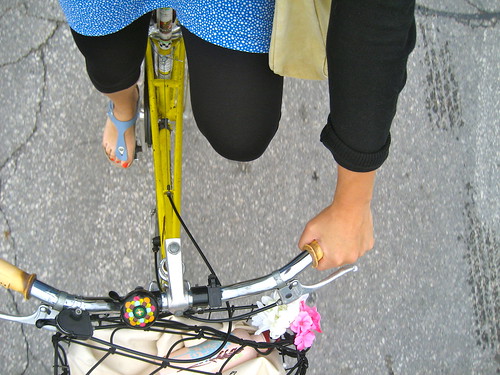
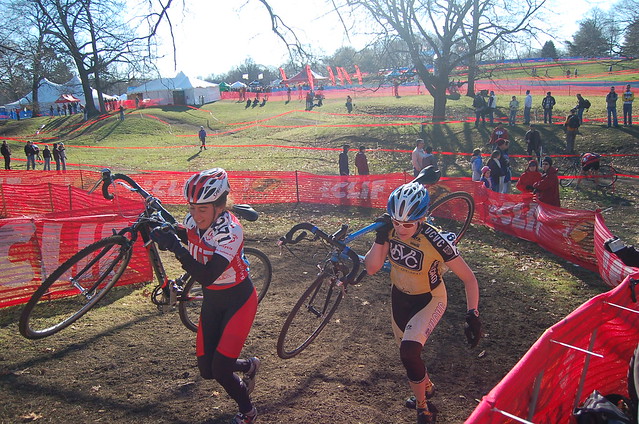

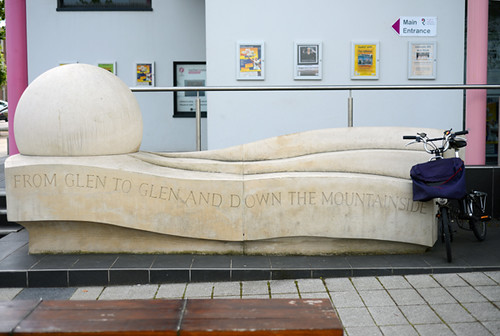
 I decided to ride Sonny today and Lee took a couple of photos. Wish I felt like riding more often. In this photo we are at the back of our property. Those are the Sandia Mountains behind be.
I decided to ride Sonny today and Lee took a couple of photos. Wish I felt like riding more often. In this photo we are at the back of our property. Those are the Sandia Mountains behind be.
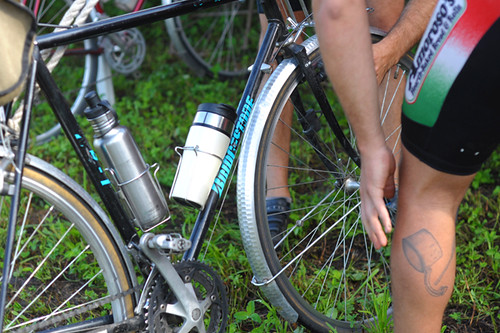
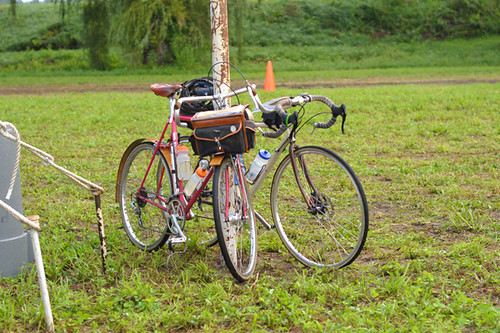




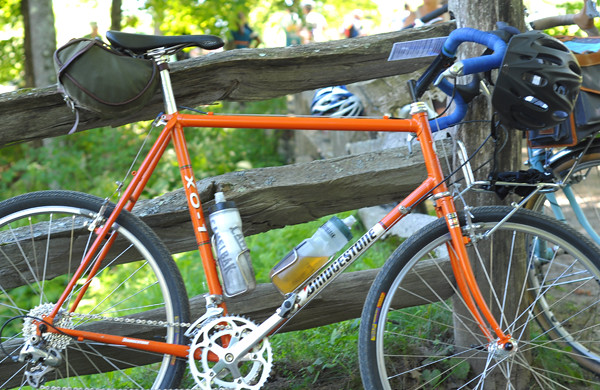
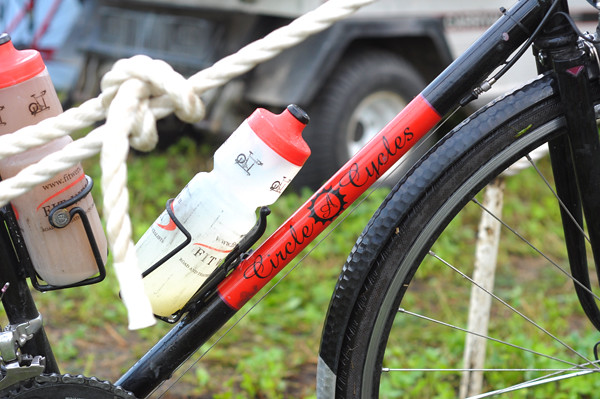





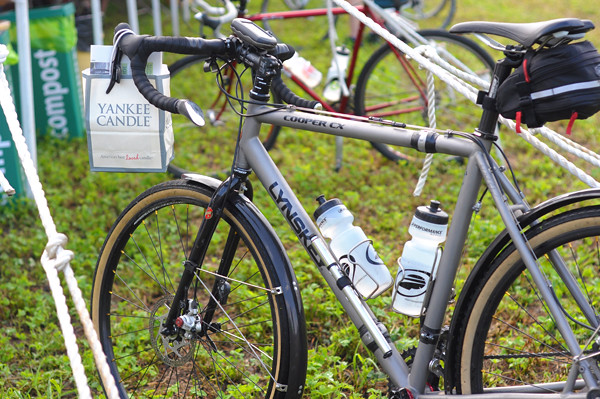
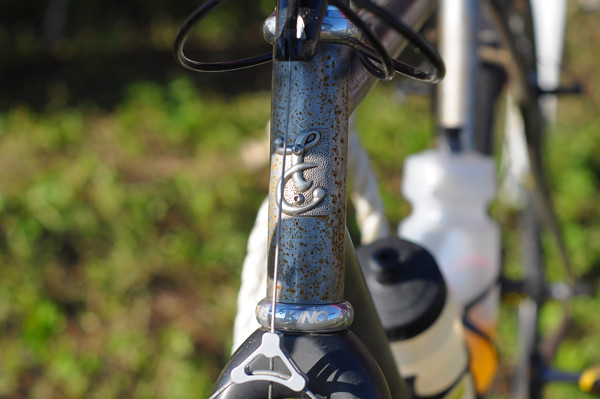

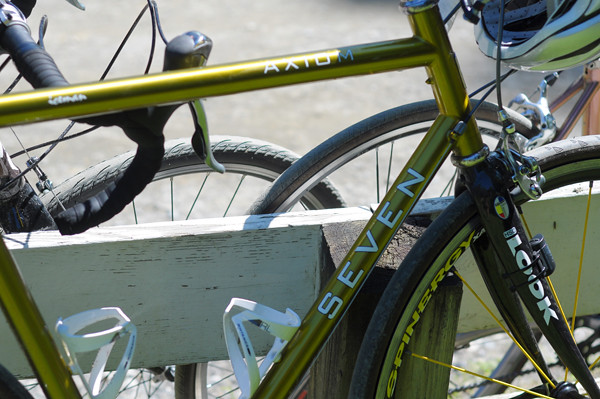


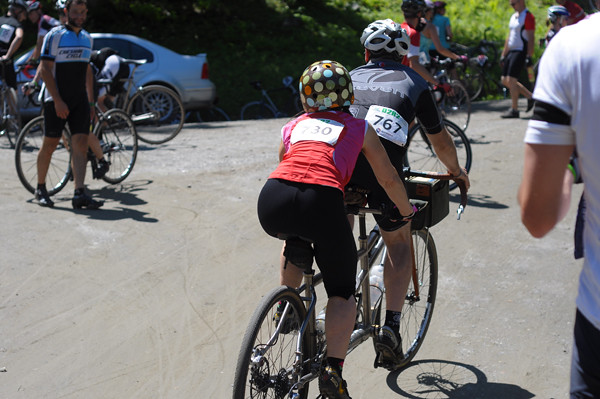


.JPG)

 It is so nice to be back on the road again!
It is so nice to be back on the road again!








